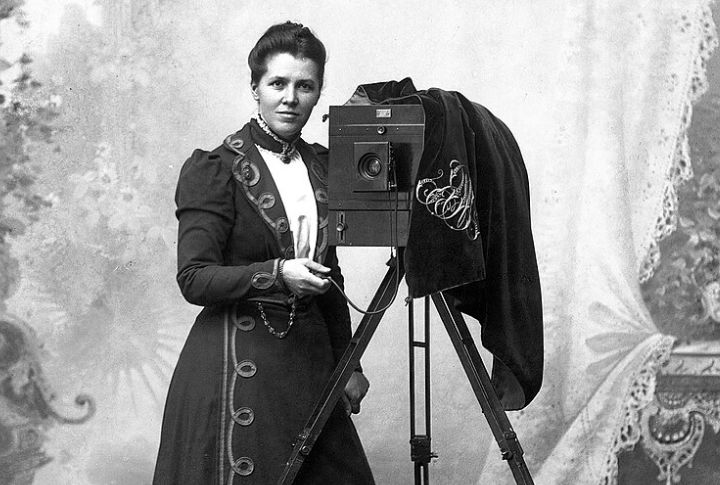
Most people romanticize the past without considering how jarring it would actually be to live there. Drop into 1900 and you’d struggle with tasks that were second nature to everyone around you. The sensory overload alone would be intense before you even started grappling with the social differences and physical hardships. Here are ten things you’d notice right away.
Horse-Drawn Carriages Still Ruled The Roads
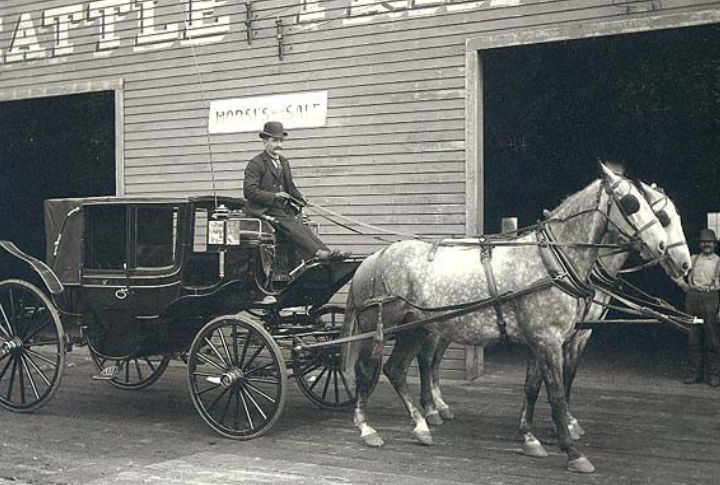
Cars weren’t clogging the roads yet. Horses dominated every street and lane across the nation. Chicago alone boasted nearly as many blacksmith shops as pharmacies, which kept thousands of animals shod and ready. Meanwhile, fire engines charged through traffic, drawn by powerful horse teams, as bankers paraded their finest pacers.
Women Wore Corsets And Long Dresses Daily
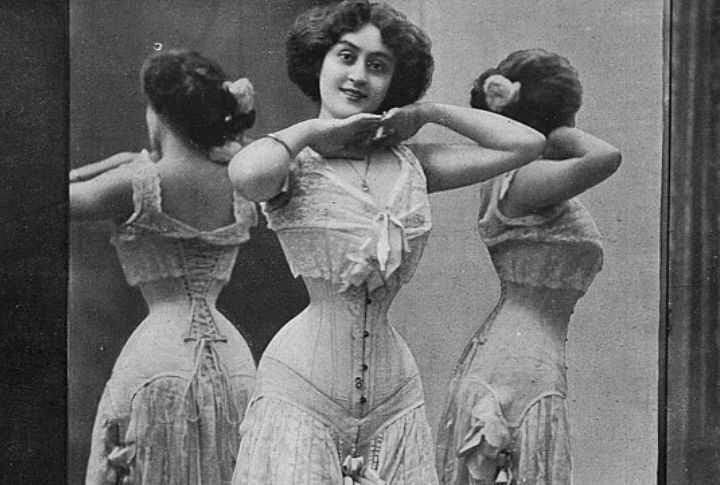
Just imagine starting your day by tightening a corset before breakfast. In the early 1900s, women did it daily, as they layered long dresses over stiff boning just to appear “proper.” Modesty wasn’t a choice—it was a rule. Even homemade clothes had to follow society’s demand for elegance and restraint.
Street Lamps Were Gas-Powered, Not Electric
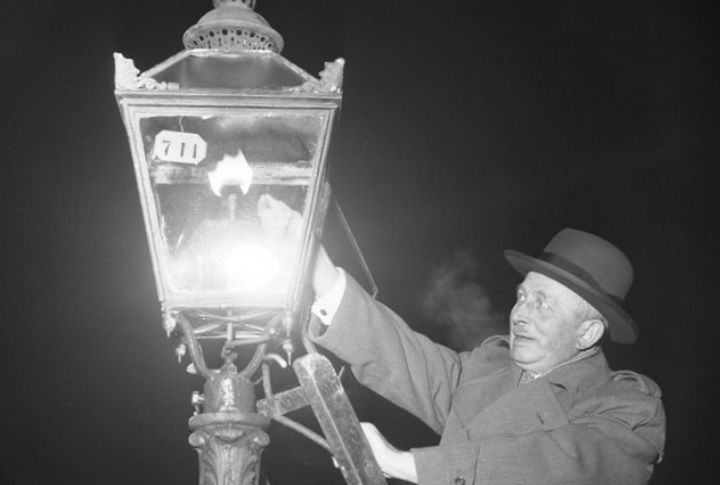
Before electricity illuminated America’s streets, lamplighters made nightly rounds to ignite rows of gas lamps. Their gentle glow cast uneven light across sidewalks and narrow alleys. Inside homes, kerosene lamps gave evenings a softer, slower character that contrasted sharply with the steady brightness of modern electric light.
Most Homes Lacked Indoor Plumbing
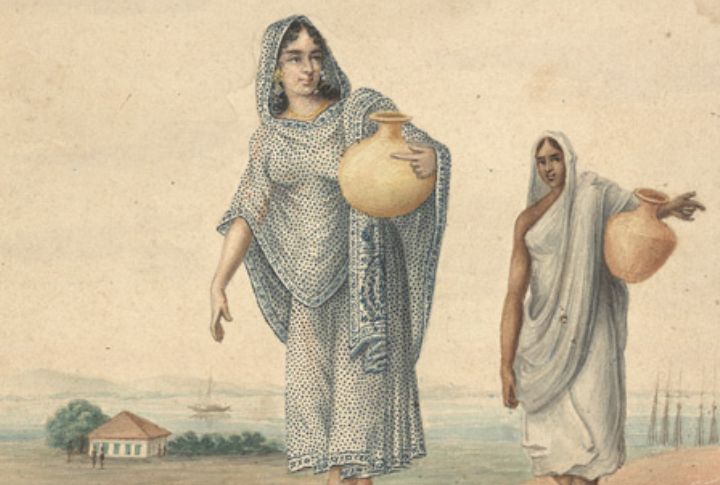
At the turn of the century, plumbing was a luxury most people couldn’t afford. Only a small share of American homes had bathtubs, and many lacked electricity or running water. Families carried water by hand for daily use, while outhouses and wells served as their bathrooms and sinks.
Children Worked In Factories Instead Of Attending School
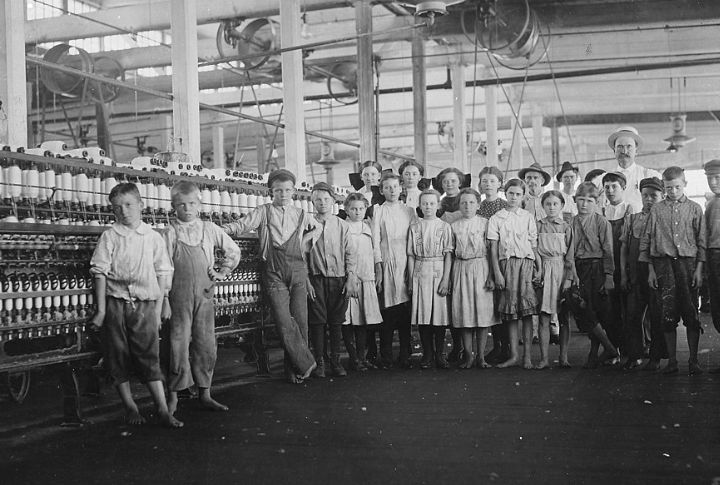
Kids back then didn’t wake up to catch a school bus; they rose at dawn for factory shifts. Work ruled their lives, not lessons or recess. Six days a week, they pushed through exhaustion for pennies. Education felt like a privilege meant for someone else’s child.
Milk And Ice Were Delivered Door-To-Door
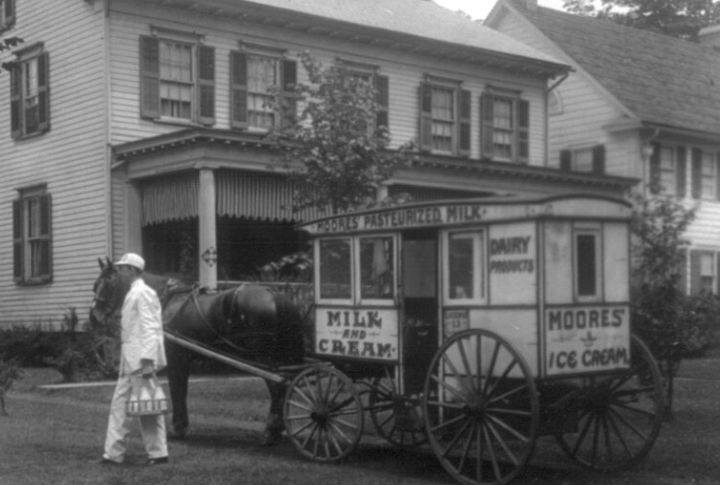
Before refrigerators became common, families depended on daily visits to keep food fresh. Milkmen dropped off glass bottles each morning, while icemen hauled heavy blocks to refill iceboxes. Horse-drawn wagons moved through neighborhoods, and their regular stops created a sense of routine and quiet connection among residents.
Doctors Made House Calls With Little Equipment
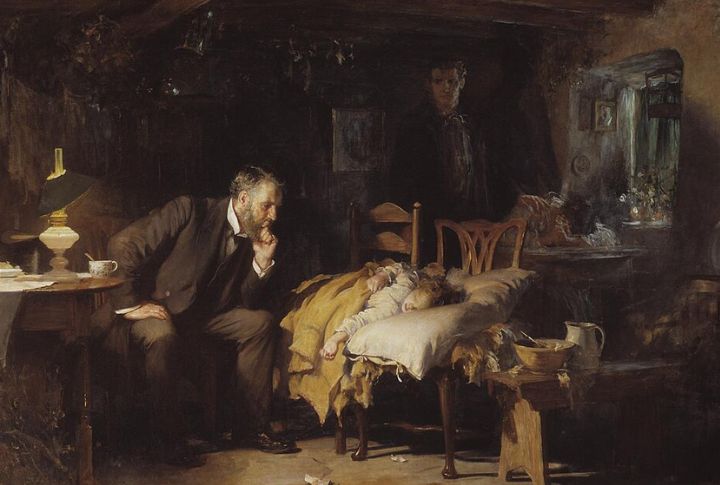
Back when hospitals were scarce, doctors took their practice on the road. They carried small black bags packed with basic tools and remedies, visiting homes instead of offices. Most births happened in living rooms, while horse-drawn carriages carried these healers from one household to the next.
Most Long Trips Happened By Train
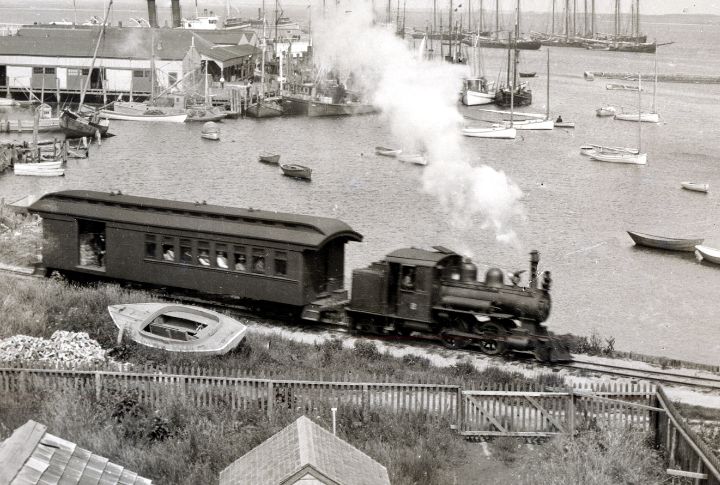
What did freedom of travel mean before cars filled the roads? It meant boarding a train and watching the terrain roll by. The early 1900s belonged to the railways; fast, reliable, and full of promise. Each journey felt like a moving glimpse into America’s restless, expanding spirit.
Social Life Revolved Around Church And Community Halls
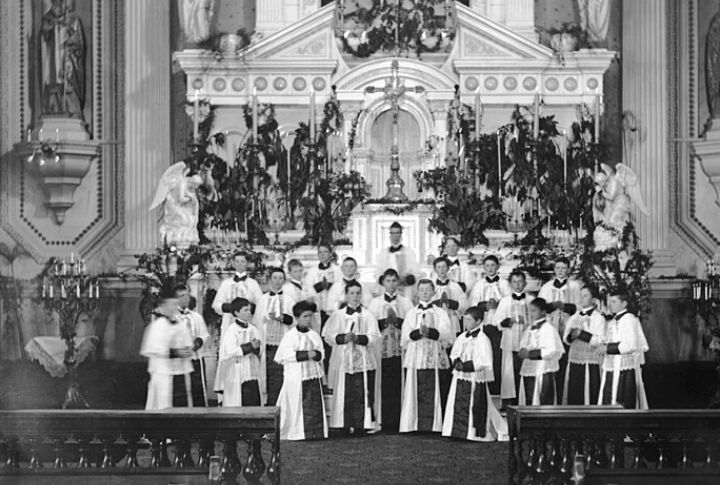
Any given Sunday, you’d find practically everyone in town out and about together. Churches filled up first, drawing crowds for morning services before the same faces reappeared at community halls for afternoon meetings. These gatherings, along with home parties and street parades, created bonds that genuinely held people together.
Photography Required Posing For Minutes
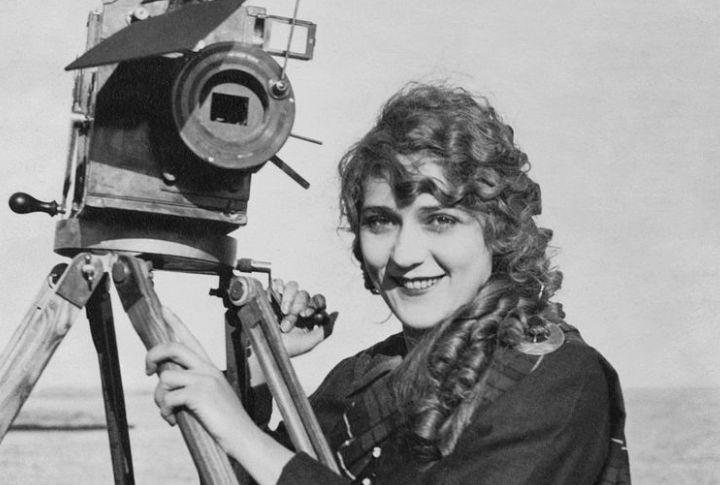
To capture a photograph in the early 1900s required patience. Cameras needed several minutes of stillness due to slow exposure times. Candid shots were impossible, so portraits were stiff and formal. Smiles were rare—not from moodiness, but because holding a grin for minutes was nearly impossible without blurring.

